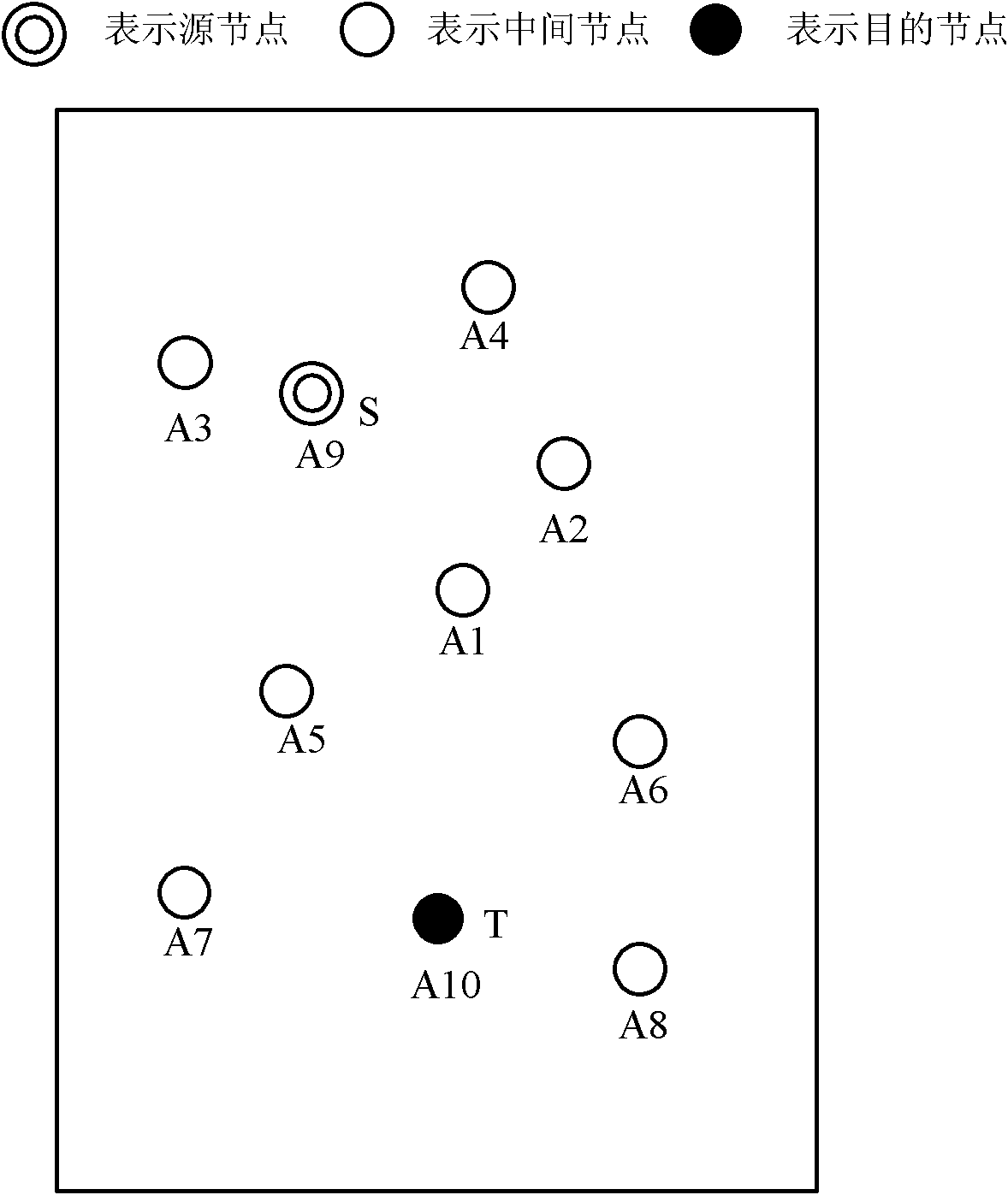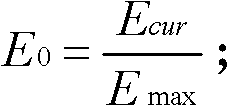Noncooperative-game-based delay tolerant network (DTN) opportunistic routing cooperative encouragement method
A non-cooperative game and network technology, applied in data exchange network, digital transmission system, electrical components, etc.
- Summary
- Abstract
- Description
- Claims
- Application Information
AI Technical Summary
Problems solved by technology
Method used
Image
Examples
Embodiment Construction
[0020] The present invention will be further described in detail below in conjunction with the accompanying drawings.
[0021] see figure 2 As shown, a kind of non-cooperative game-based DTN network opportunity routing incentive method of the present invention is divided into three stages:
[0022] The first stage is the stage where the source node S sends the forwarding request. The cooperative incentive method of opportunistic routing is used to send data. When the source node has data packet information to send, the length of the data to be sent and the TTL of the data are put into the forwarding request message M s ={D,TTL cur}, broadcast to all neighbors, and the neighbors of the source node S represent all nodes whose distance between the node and the source node S is less than the transmission distance of the source node S. Such as figure 1 As shown, the neighbor of the source node S is P n ={A 1 , A 2 , A 3 , A 4}.
[0023] The second stage is the neighbor no...
PUM
 Login to View More
Login to View More Abstract
Description
Claims
Application Information
 Login to View More
Login to View More - R&D
- Intellectual Property
- Life Sciences
- Materials
- Tech Scout
- Unparalleled Data Quality
- Higher Quality Content
- 60% Fewer Hallucinations
Browse by: Latest US Patents, China's latest patents, Technical Efficacy Thesaurus, Application Domain, Technology Topic, Popular Technical Reports.
© 2025 PatSnap. All rights reserved.Legal|Privacy policy|Modern Slavery Act Transparency Statement|Sitemap|About US| Contact US: help@patsnap.com



